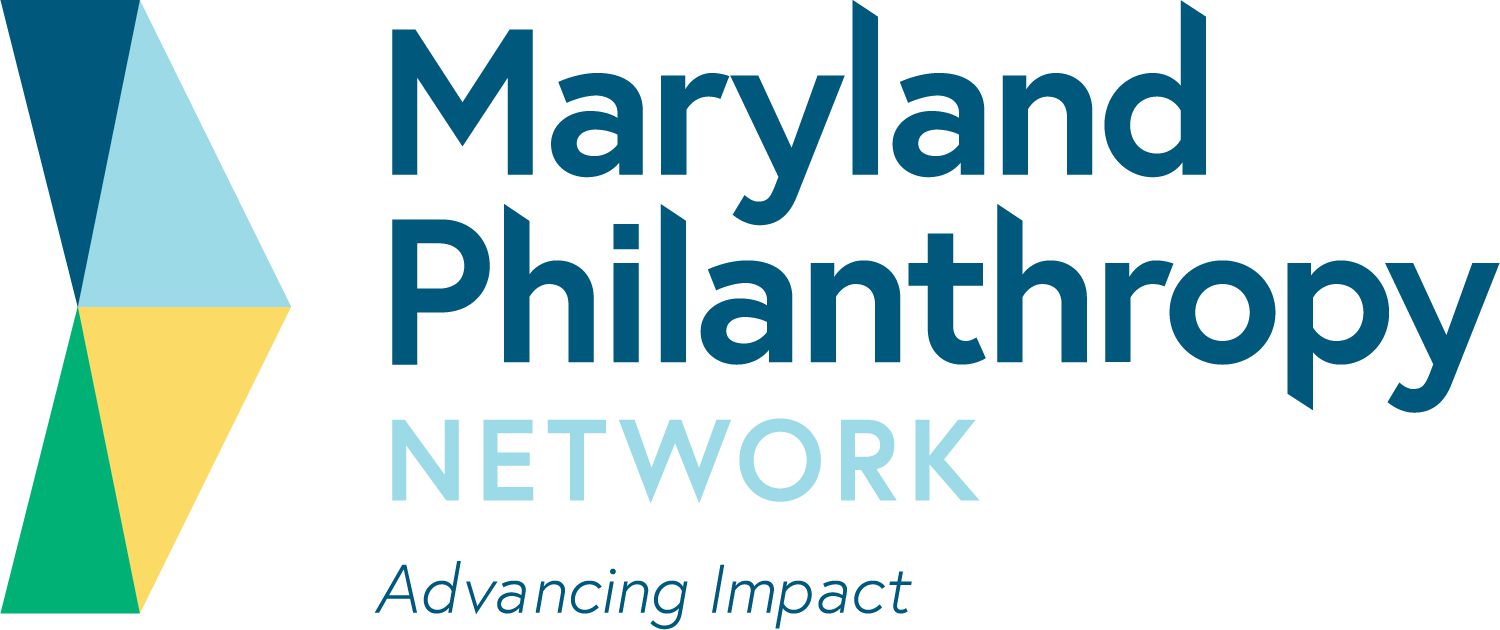Soros in Baltimore: Lessons From 20 Years of Place-Based Giving
Place-based giving has long been a cornerstone of the American philanthropic tradition. Since the earliest days of organized giving, wealthy donors have mobilized to improve the cities and towns where they live—funding parks, cultural institutions, schools, and much more. This kind of giving remains as strong as ever. Inside Philanthropy reports almost daily on local giving aimed at improving the communities where donors live and foundations are based—including a cascade of eye-popping gifts by an elite class of billionaire “super-citizens” like George Kaiser in Tulsa, Eli Broad in Los Angeles, Barry Diller in New York City, and Richard Kinder in Houston.
George Soros is yet another mega-giver who has engaged in ambitious place-based giving, even though he is best known for his global philanthropy. Soros has given hundreds of millions of dollars for initiatives focused in New York City, most notably the After-School Corporation. But his most intriguing effort to improve a place has unfolded in Baltimore, where he began funding the Open Society Institute-Baltimore in 1998—an organization that remains in operation today with a staff of 18 and an operating budget of just over $8 million in 2018, with more than a quarter of that money coming from donors other than the Open Society Foundations.
Two decades working in one community is cause for reflection—about both the impact of focused philanthropy in Baltimore, a city that has continued to struggle, and the larger challenges of place-based giving.
Click here to read the full article.
Source: Inside Philanthropy
FIND MORE BY:

